-
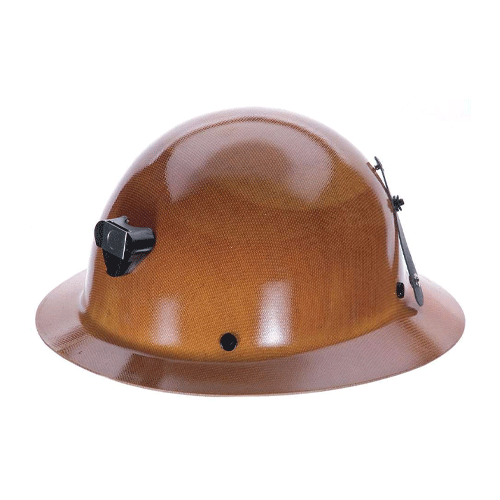
The Best Way to Clean Your Helmet
Believe it or not, there is a new trend among English riders to clean their ASTM-SEI safety helmets in their dishwashers. That’s right: pretty much any style not covered in velvet has been loaded into the same machine designed to clean dirty plates and silverware. Adherents to this practice claim that their helmets come out looking brand new and smelling as fresh as…well, clean dishes.Read more -
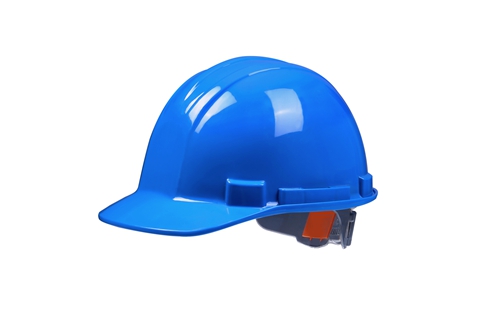
A helmet takes care of your head. You need to take care of your helmet.
Helmets don’t last forever. Many manufacturers recommend replacing a helmet five years after the date of its manufacture, since the safety materials deteriorate over time. You should be able to find the month and year of manufacture somewhere inside the helmet. It’s also wise to check the date before buying a new helmet to make sure there’s plenty of life left in it.Read more -
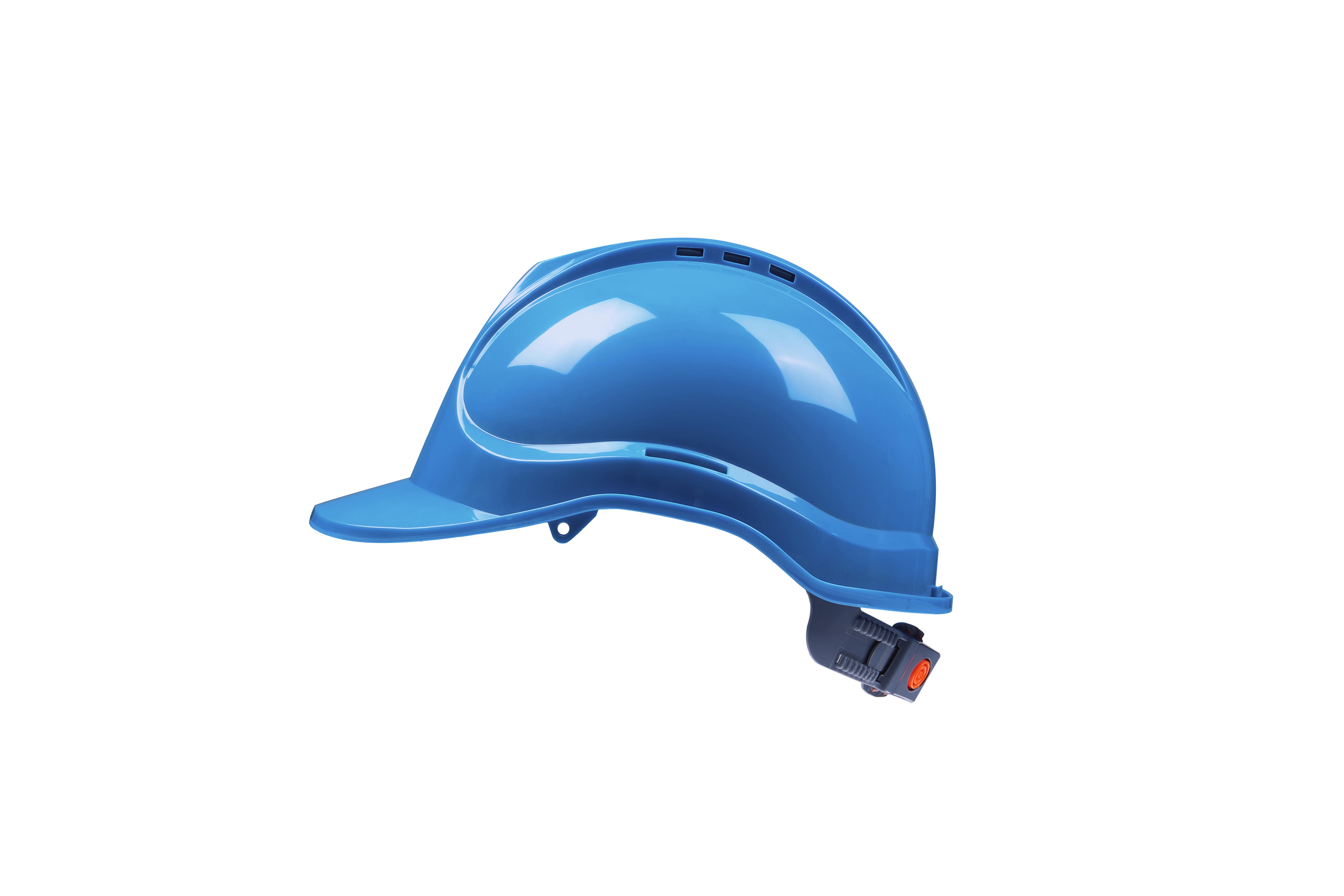
A Guide to Taking Care of Your Safety Helmet
Safety helmets are an essential part of your PPE if you work in an environment where your head is at risk of impact injury or other hazards. Like most things, if you look after your safety helmet and treat it right, then you’ll get the most out of it. This guide will help you to take care of your safety helmet by inspecting it regularly and storing it properly.Read more -
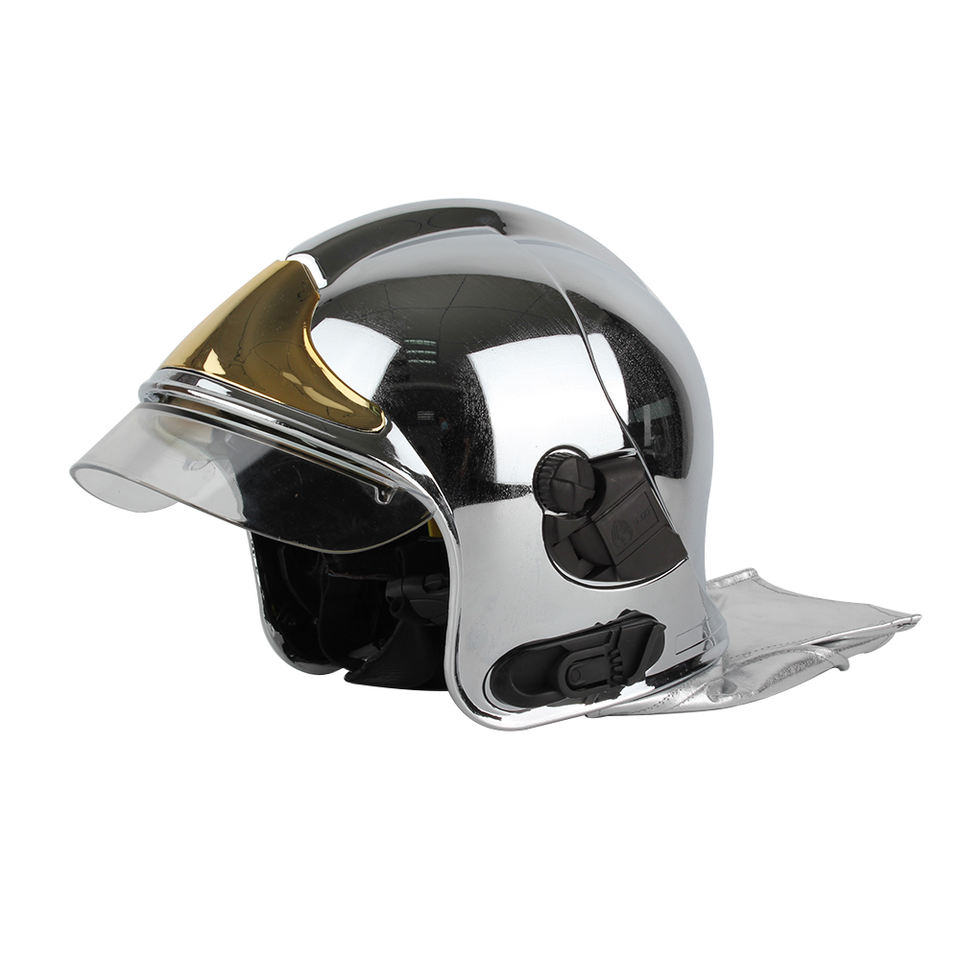
Cleaning, Maintaining, and Protecting Your PPE
In many industries, employees work in potentially hazardous conditions, and personal protective equipment (PPE) is essential for their safety. In some cases, it’s the only thing standing between them and a serious injury.However, that PPE is only effective when it’s clean and properly maintained. Depending on the equipment and the industry, cleaning and care requires a different approach, as PPE is designed specifically for its intended use.Read more -
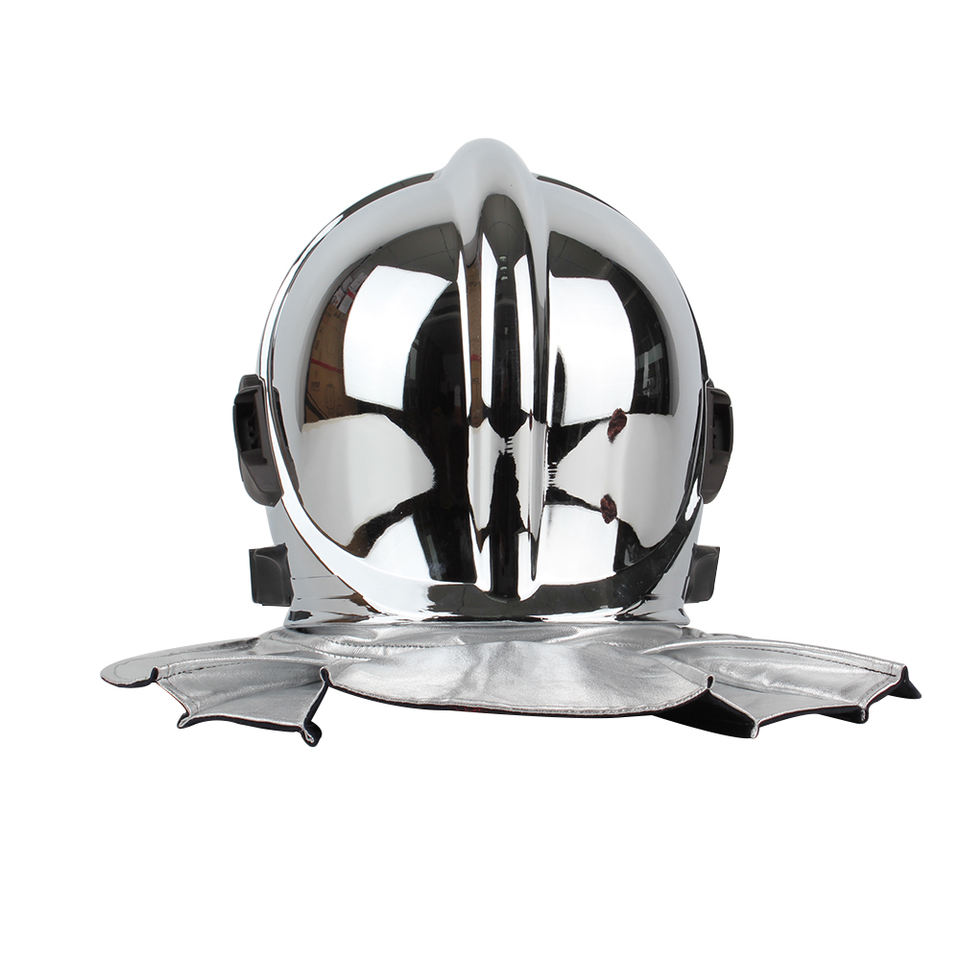
Maintaining and Inspecting Safety Helmets: A Practical Checklist
When working in hazardous conditions, a safety helmet is an indispensable piece of personal protective equipment. However, even high-quality hard hats, bump caps, and chainsaw helmets can fail if not properly maintained and inspected. Following a simple checklist for ongoing helmet care and examination can significantly extend useful life while ensuring optimal protection. In fact, studies show proactive maintenance and inspection can reduce head injury rates by as much as 85%. This article will provide practical tips and best practices for keeping your safety helmet in peak condition. Whether you use a hard hat on busy construction sites or need low-profile bump caps in a warehouse, be sure to make helmet care and inspection a regular part of your safety routine.Read more -
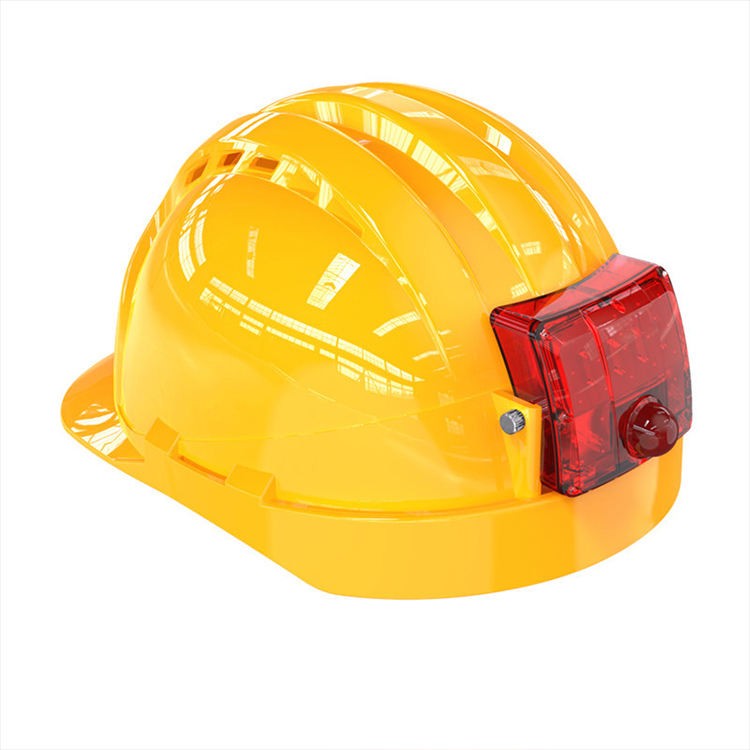
Hard Hat Maintenance 101: How to Maintain Your Hard Hat
Does your job require you to wear a hard hat? Millions of workers wear a hard hat. It's an essential form of personal protective equipment (PPE) for many jobs. Hard hats, however, can degrade over time. Neglecting to properly maintain your hard hat may then increase your risk of serious injury. To stay safe while working, you need to maintain your hard hat. Below are several tips on how to maintain your hard hat.Read more -
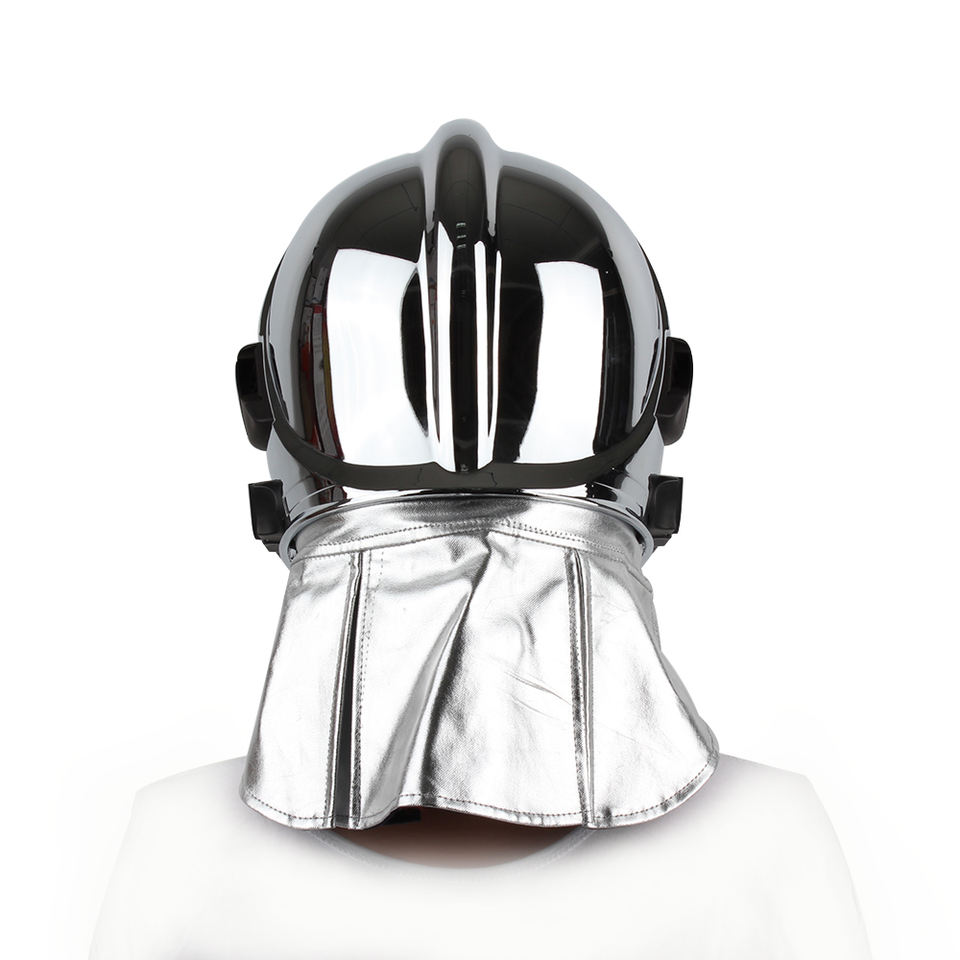
7 common questions on care and usage safety helmets
Want to avoid headaches? Try to maintain your safety helmet well. That way, it will protect you for a longer time.We often get questions about how to conserve your helmet, what the life expectancy is and which parts are replaceable. Mostly, life expectancy of your safety helmet depends on the raw material and external conditions.We are giving you answers to the 7 most common questions about the usage and maintenance of your safety helmet.Read more -
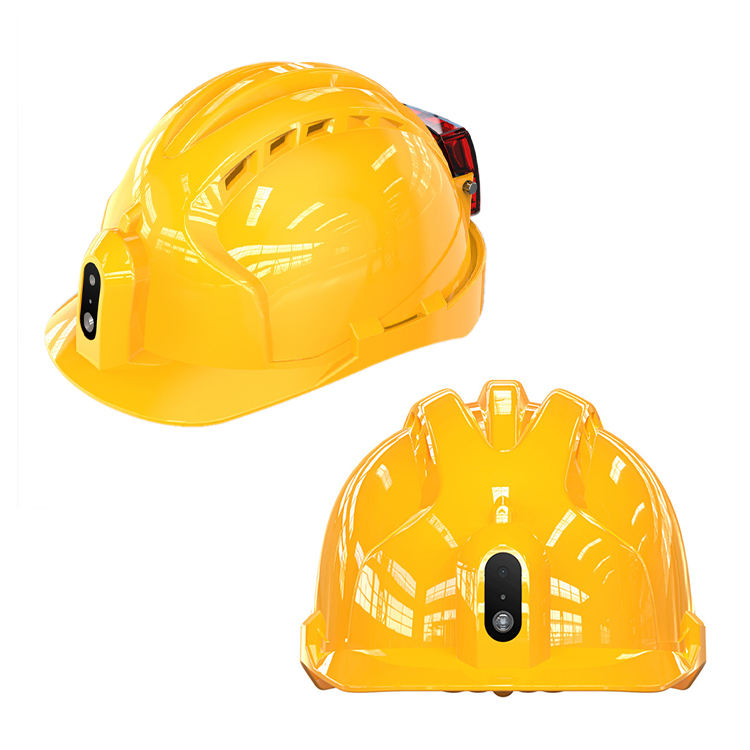
Head Protection: Selection, Care and Retiring of Helmets
It was just another workday for Tom. The gear was loaded on the truck, everyone piled in and then the drive to the morning’s worksite. The crew had worked together for a couple of years, so everyone knew what their role was, and without much discussion the process of dismantling the two large cottonwoods began. Tom had the tough assignment for the day, dragging and chipping brush.The cool morning weather quickly transitioned to hot and humid as the day heated up. The heat and humidity caused the sweat to drip from Tom’s forehead. He took his helmet off, just to feel the breeze and wipe the sweat from his face. As Tom was standing just to rest for a minute, he got a call from another ground worker to help fuel saws. He walked under the tree in the direction of the truck, forgetting to don his helmet.Read more -
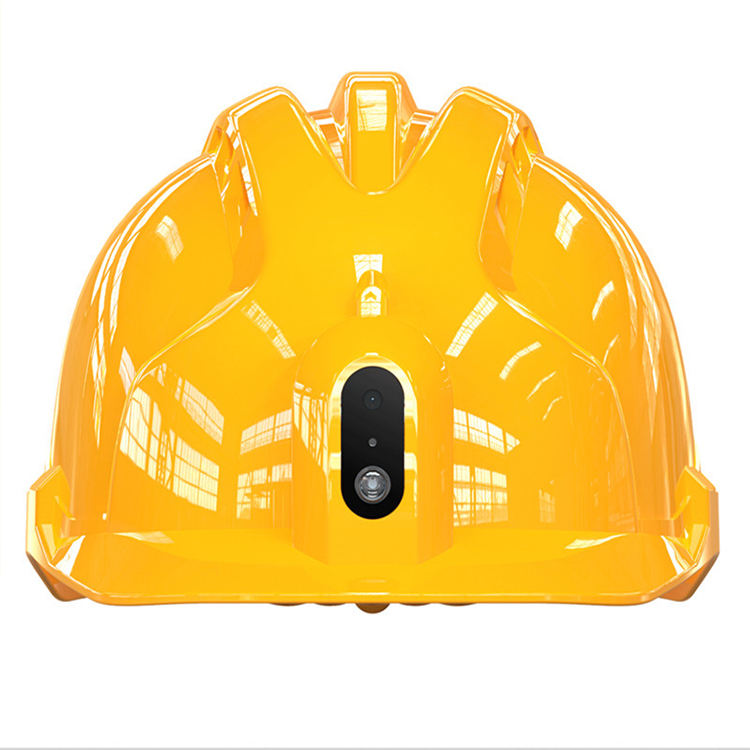
How to maintain a safety helmet
Safety helmets must be well-maintained to provide the highest levels of protection. Inspect the helmet regularly for signs of wear and tear and replace any damaged components to ensure head protection performs when it matters.Read more
Email :
person0317@163.com
